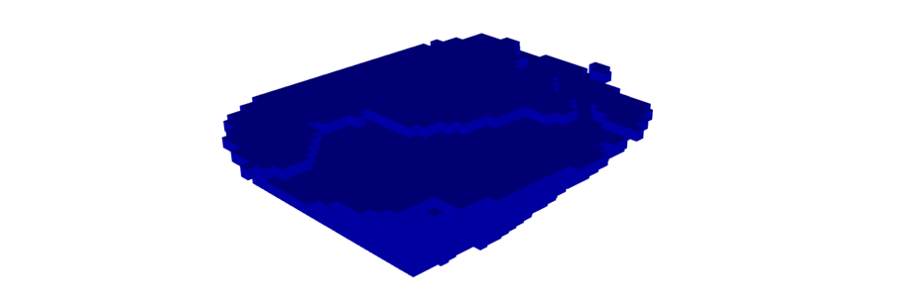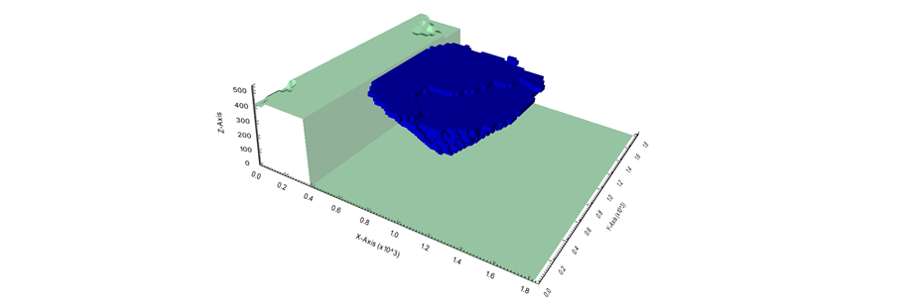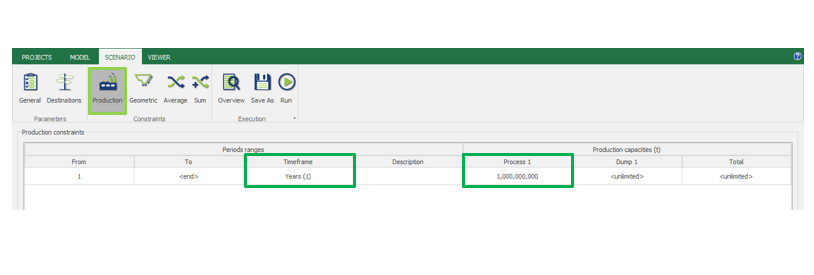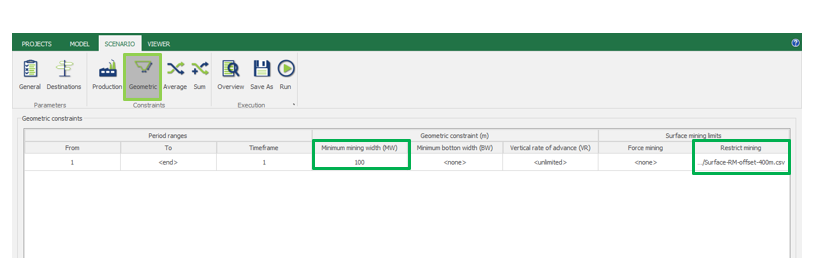Evaluate Project Potential
Certain constraints related to your project can be defined so that you can understand its maximum potential. The surface generated in this case could also be used as a restrict mining in the last period to reduce the complexity of your block model and the runtime of MiningMath, since it includes a set of constraints inputted.
Example
Set up a scenario with 1,000 Mt in the processing plants, which corresponds to a lot more mass than expected in the whole life of the mine.
Add the Minimum Bottom Width (100m). This constraint will allow you to have a suitable work-front for your equipment.
Restrict Mining surface, if you have this constraint in your project.
Grade constraint until 0.7%.
Timeframe: Years (1), since it would all be processed in 1 period.
Note: Sum constraints can restrict the total amount of handling material (ore + waste) of the mine. Therefore, do not use them in the validation.
Using results
Now that Constraints Validation step is done, you are able to use this final surface as a guide for future optimizations. This approach reduces the runtime and the complexity of the algorithm because when you take it into account, the blocks below this final optimized surface won’t be considered and the heuristics inside the interface would be facilitated. Notice that we did not make any change in the discount rate, thus, this first NPV does not represent the reality. If you need an accurate result in this step, make sure to adjust it.
It’s important to remember that when we restrict the mining into this surface, the number of periods generated in future runs could be reduced because the average parameters of each one will have to meet the constraints of the overall package. Therefore, to achieve the same parameters in a lower timeframe, some blocks may be discarded due to the mining sequence and the optimization of destinations inside the whole mass.
Having this idea in mind, you should already have enough information to decide and structure the next step of the optimization. Based on the amount mined in the last item and in the processing capacity, define a good timeframe to identify the mining sequence. In this case, we had 231 Mt as the ore total mass to split in almost 23 years, since the processing capacity is 10Mt.
To improve efficiency in the optimization, before working on a yearly basis, we made the decision to consider the first 5 years. It is reasonable to generate a 10-year surface to consider the optimization inside this limit due to observations made before. Remember that each assumption here can be done accordingly with your project’s demands and that MiningMath can work with any timeframe to meet your needs.








